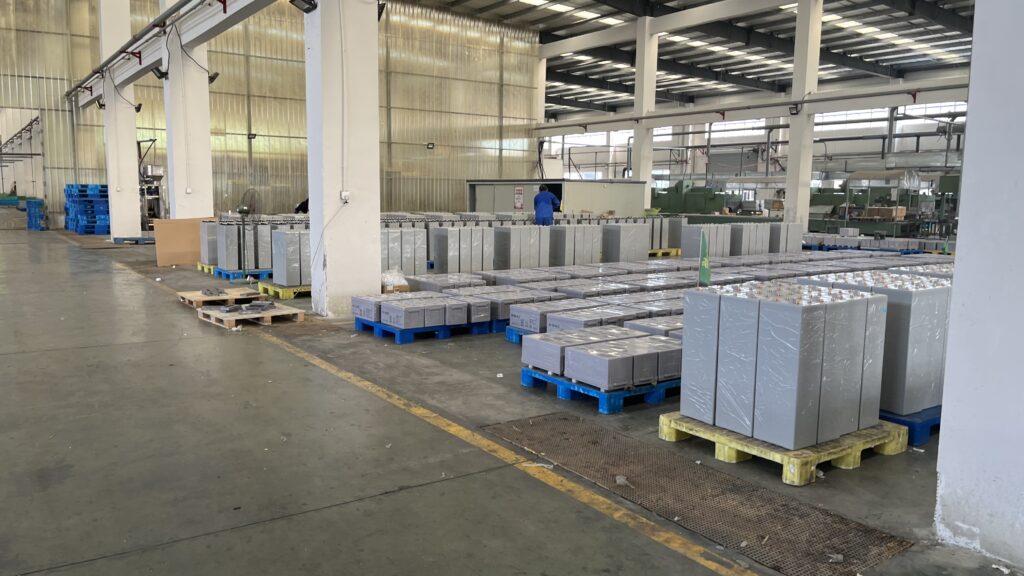When choosing between tubular and flat plate lead-acid batteries, cost and maintenance are important factors. This article explores the cost-benefit analysis and maintenance requirements for both battery types.
Initial Cost
Flat plate batteries are typically less expensive than tubular batteries. Their simpler manufacturing process and lower material costs make them more affordable for consumers. For applications where budget constraints are significant, flat plate batteries present an attractive option.
Tubular batteries, by comparison, tend to have a higher initial cost. This is due to the more complex manufacturing process and the enhanced design of the tubular plates, which contributes to better performance and longevity.
Operational and Maintenance Costs
While flat plate batteries have a lower upfront cost, they may incur higher maintenance costs over time. Due to the higher rate of degradation, flat plate batteries require more frequent replacements and maintenance, especially in applications with frequent deep cycling.
Tubular batteries, with their durable construction, typically have lower maintenance requirements. The active material in tubular batteries is less prone to shedding, meaning that the battery maintains a more consistent level of performance for a longer period. Over time, this can lead to lower operational costs, especially in applications that demand continuous power supply.
Long-Term Value
Though tubular batteries come with a higher initial cost, their longer lifespan and reduced maintenance requirements offer a better return on investment, especially in energy storage applications. They are ideal for situations where battery reliability and longevity are paramount, such as renewable energy systems and industrial power backup solutions.
Flat plate batteries, with their lower upfront cost, provide good value for short-term or low-cycling applications like automotive starting systems. For users who do not require frequent deep cycling, the flat plate battery’s lower cost may outweigh the shorter lifespan and higher maintenance needs.
Choosing between tubular and flat plate lead-acid batteries depends on balancing upfront costs with long-term performance and maintenance requirements. Tubular batteries offer better long-term value for deep cycle applications, while flat plate batteries remain a cost-effective option for short-term, less-demanding uses.


